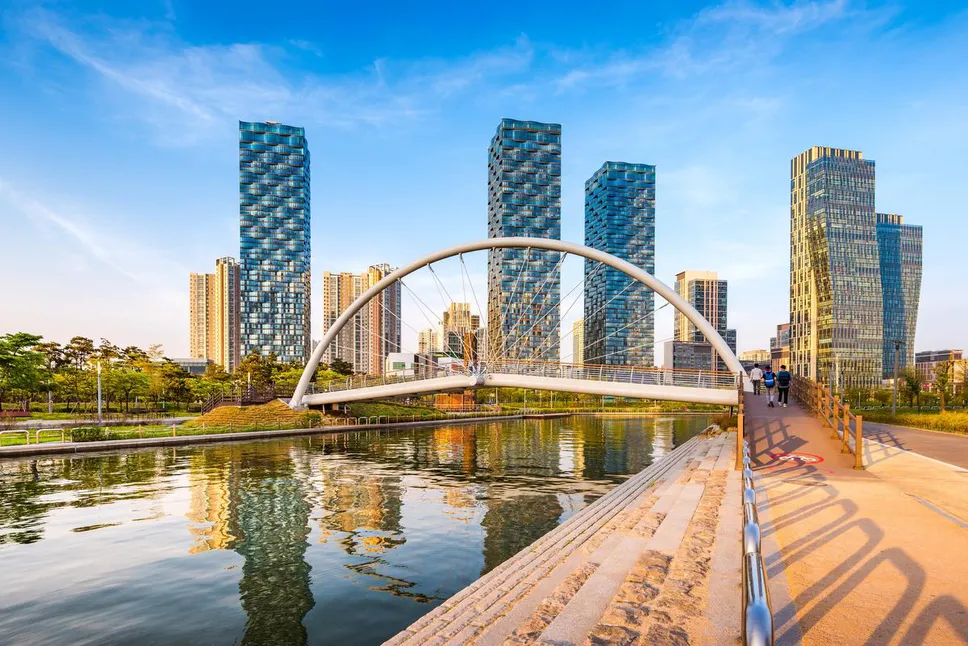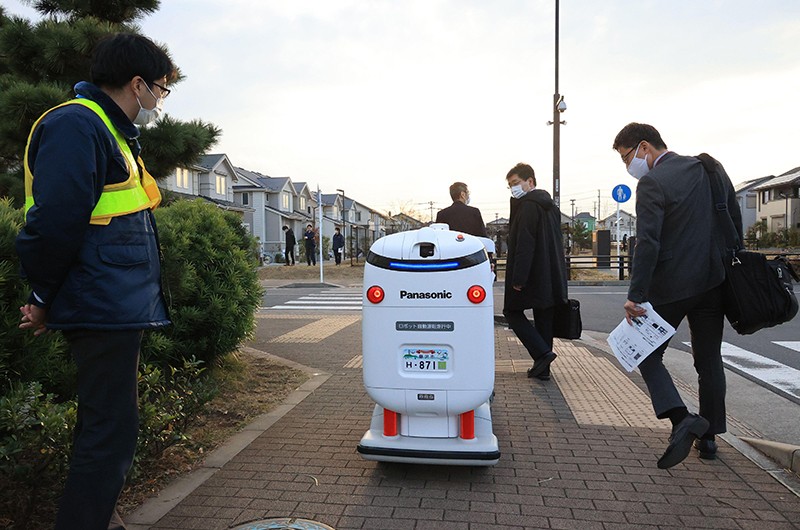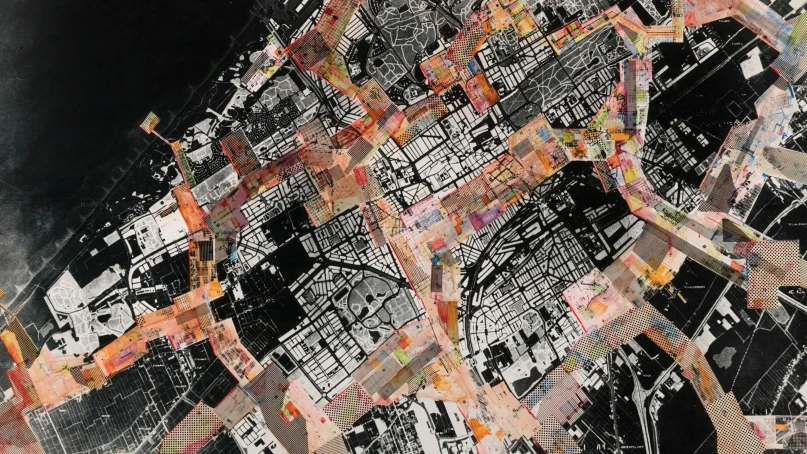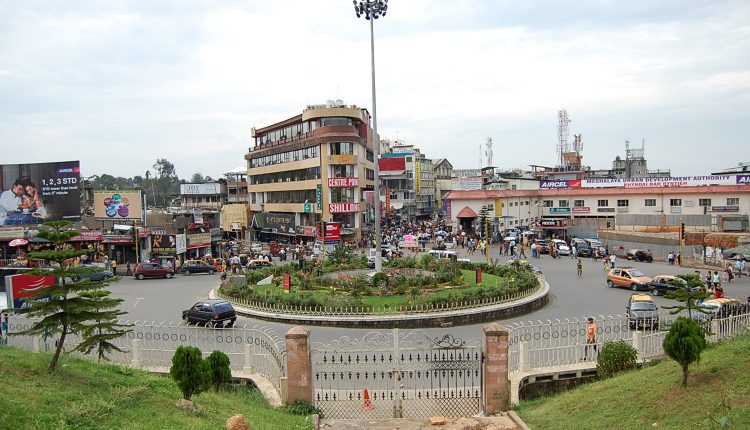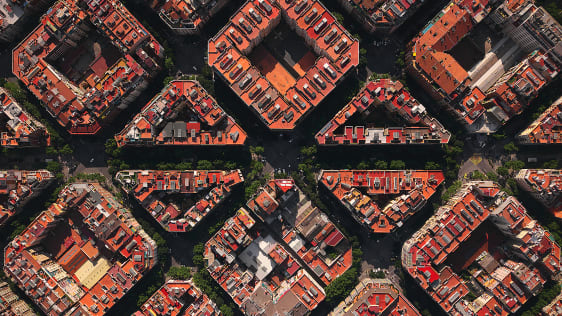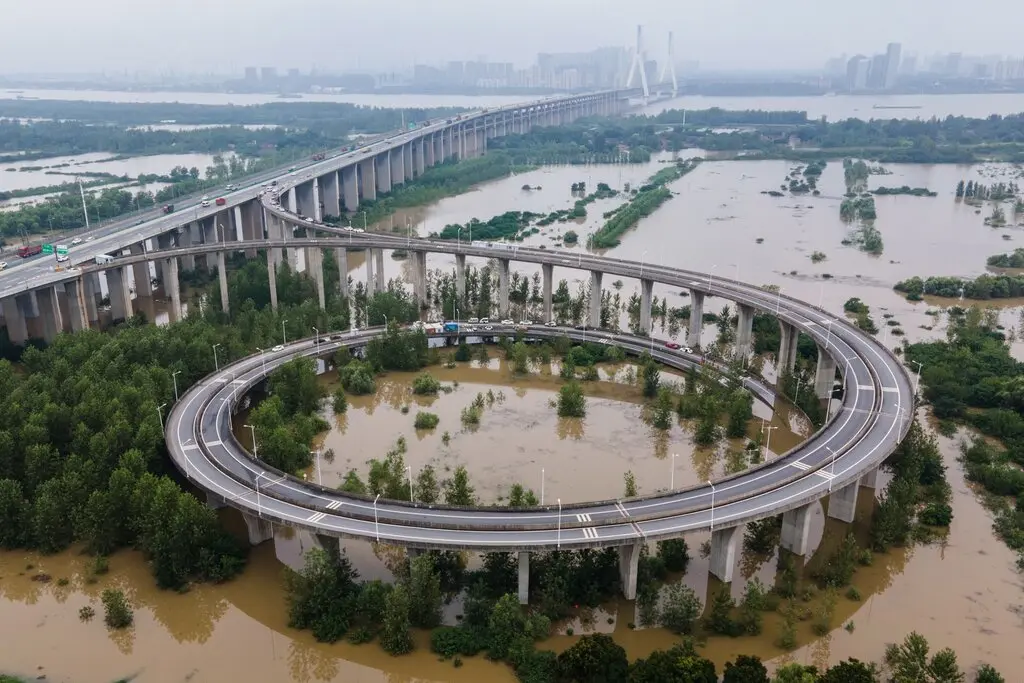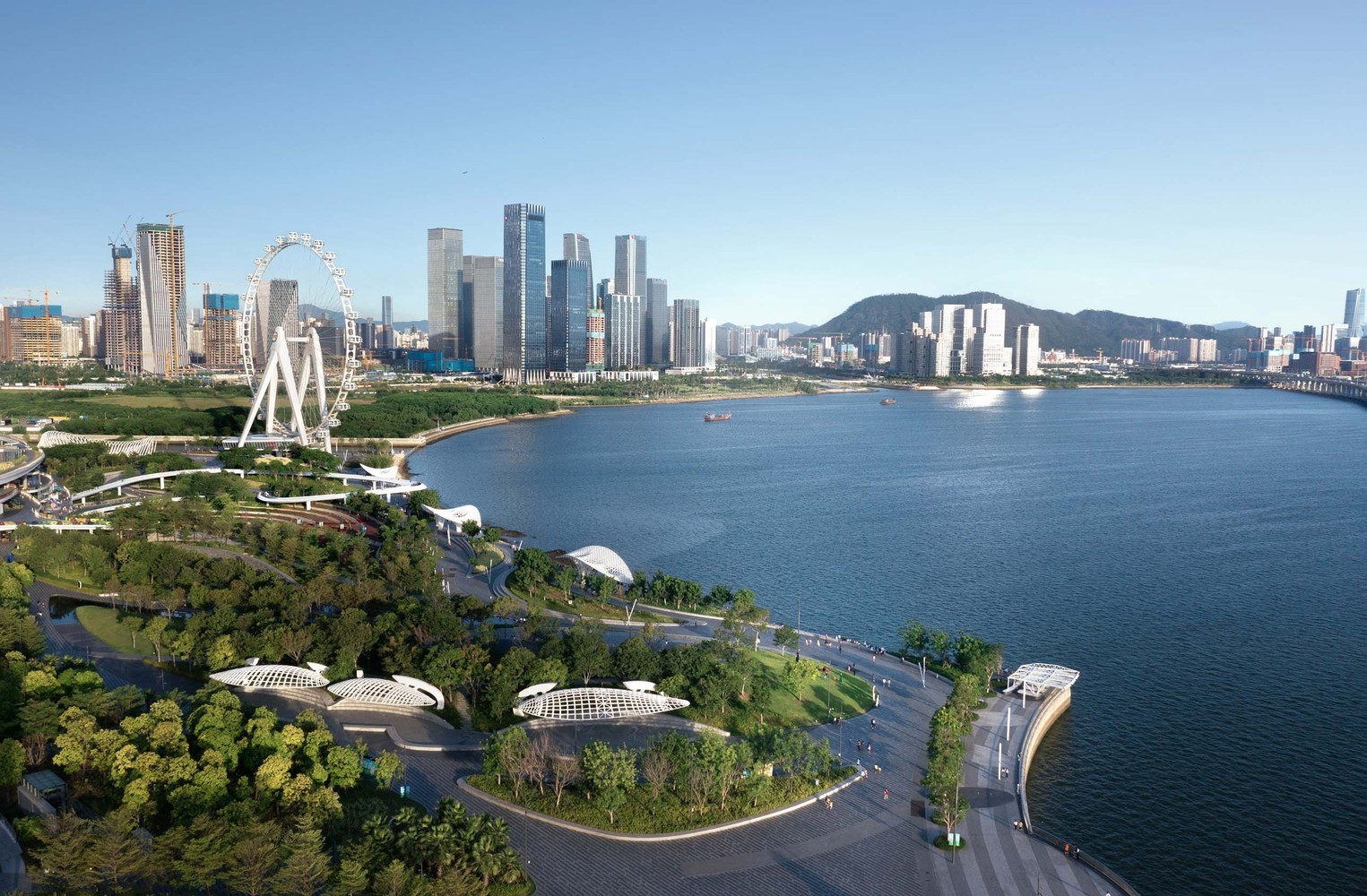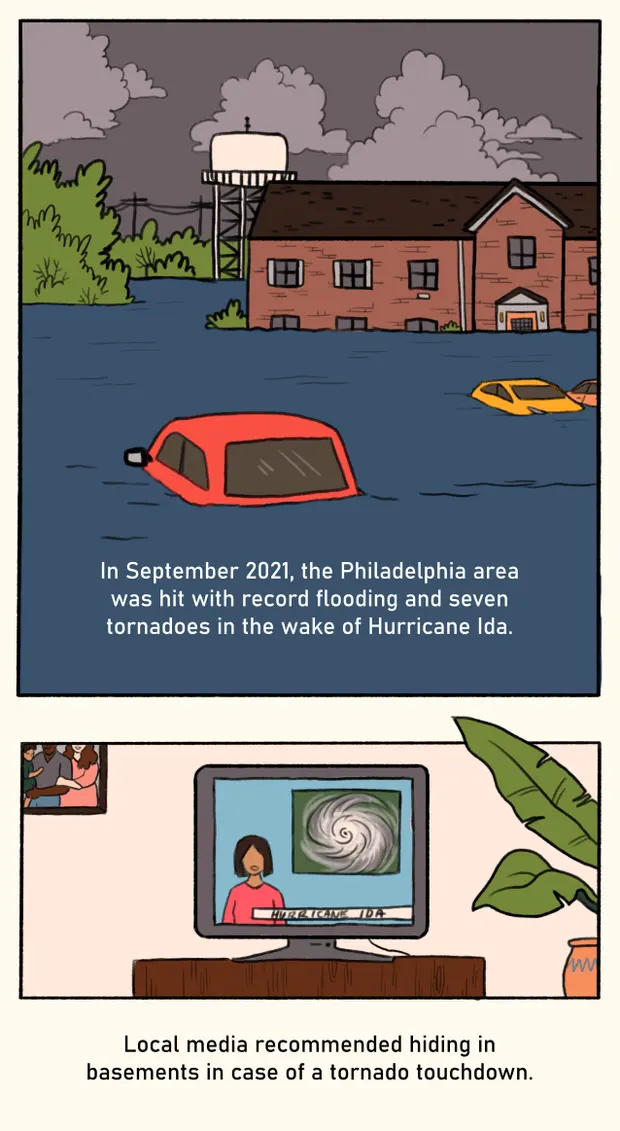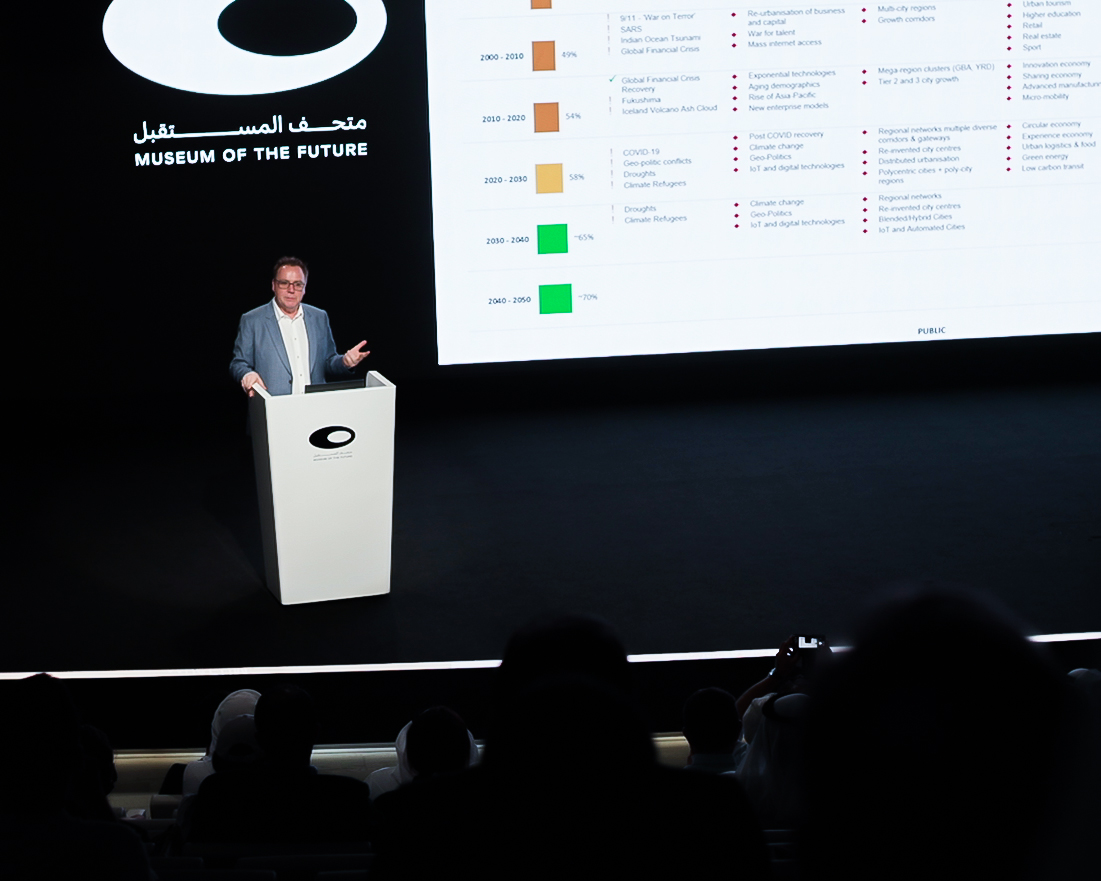
India’s track record on climate adaptive/mitigative urban planning has been dismal. Most buildings and houses use construction material that absorb heat and drive up cooling costs. Cities have low and decreasing tree cover, and rising hard spaces. As Bangalore found in 2017, even after heavy rains, there is little groundwater recharge. In city after city, lakes, which can recharge groundwater, are being killed through real estate development. Little thought is given to water supply. Instead, as water scarcities loom, cities source water from farther and farther away. Peri-urban areas are a different kind of a nightmare. In state after state, panchayat presidents have allowed even five- to seven-storeyed buildings outside municipal boundaries. ‘When the municipal corporation expands its limits, it finds these strange places where buildings are standing, but there are no roads, water supply or sewage,’ said G.K. Bhat, the founder of Taru, an environmental consultancy based in Ahmedabad. ‘The whole place works only on groundwater.’
+INFO: The Wire




